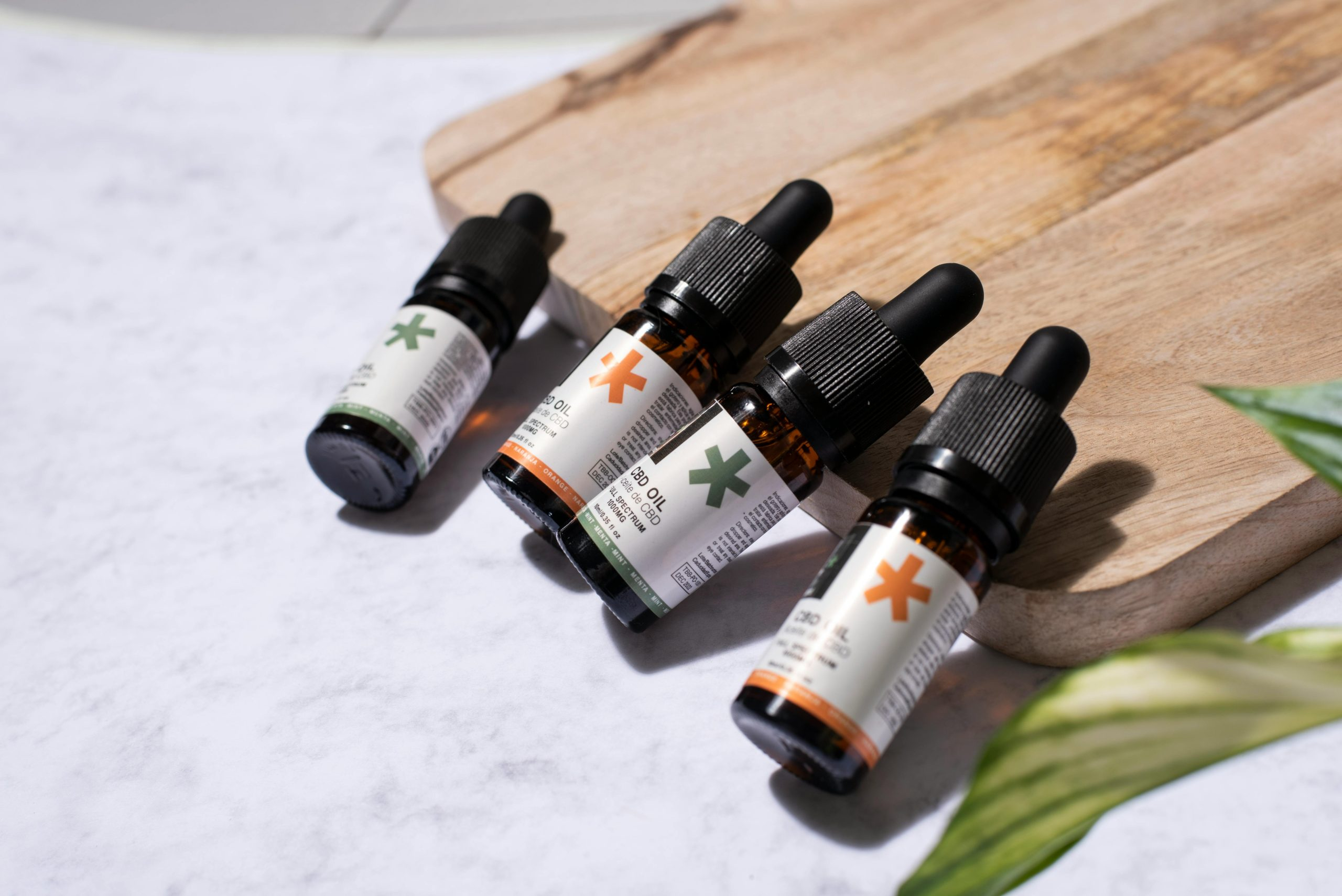Deciphering Product Labels: What “Organic” and “Natural” Really Mean
Product labels can be confusing and overwhelming, especially when it comes to words like “organic” and “natural”. These terms are frequently used in marketing and packaging, but do we really know what they mean? As consumers, it’s important for us to decipher these product labels and understand what we’re actually buying. In this article, we’ll dive into the definitions of “organic” and “natural” and discuss what they really mean when it comes to the products we purchase.
The Difference Between “Organic” and “Natural”
Before we can understand what “organic” and “natural” mean, we need to recognize that they are two distinct terms. While they may seem similar, they have different definitions and standards.
According to the United States Department of Agriculture (USDA), “organic” refers to the way agricultural products are grown and processed. To be considered organic, a product must be produced without using synthetic pesticides, GMOs, or petroleum-based fertilizers. Additionally, organic livestock must be raised without the use of antibiotics or growth hormones.
On the other hand, “natural” is a much more ambiguous term and does not have a set definition or standard. The FDA has not established a formal definition for “natural” and it is often used as a marketing tool to imply that a product is healthier or better for the environment.
The Benefits of Choosing Organic Products
When it comes to food and personal care items, there are numerous reasons why choosing organic products may be beneficial:
1. Reduced Exposure to Harmful Chemicals
One of the main advantages of choosing organic products is that they are grown and processed without the use of synthetic pesticides, herbicides, or fungicides. These chemicals have been linked to various health issues, including cancer, hormone disruption, and developmental delays.
2. Better for the Environment
Organic farming practices prioritize soil health, conserve water, and protect wildlife. By choosing organic products, we can support eco-friendly and sustainable agriculture, which is essential for the health of our planet.
3. Higher Nutrient Content
Studies have shown that organic produce tends to have higher levels of vitamins and minerals compared to conventionally grown produce. This is because the soil is nourished and the plants are able to absorb nutrients more effectively without the use of synthetic fertilizers.
Understanding Natural Products
As mentioned earlier, there is no set definition for “natural” when it comes to consumer products. However, there are a few things to keep in mind when considering a product labeled as “natural”:
1. Read the Ingredient List
Just because a product is labeled as “natural” doesn’t necessarily mean it is free from harmful chemicals. It’s important to read the ingredient list and look for any potential red flags.
2. Look for Third-Party Certifications
In the absence of a formal definition, some companies will use third-party certifications to demonstrate their commitment to using natural ingredients. Look for labels such as “Certified Natural” or “Non-GMO Project Verified”.
3. Beware of Greenwashing
Unfortunately, many products labeled as “natural” may only contain a small percentage of natural ingredients, while the rest may be fully synthetic. This is known as “greenwashing” and it’s important to be aware of this marketing tactic in order to make informed decisions as consumers.
The Bottom Line
Deciphering product labels can be a challenging task, but it’s important for us to educate ourselves and understand the meaning behind terms like “organic” and “natural”. When it comes to organic products, we can feel confident that they have been produced without the use of harmful chemicals, and when it comes to natural products, we should do our due diligence to ensure they actually align with our values and expectations. By staying informed, we can make healthier and more conscious choices for ourselves and the environment.
In Conclusion
When it comes to product labels, it’s important to look beyond buzzwords and marketing tactics and truly understand the meanings behind them. While “organic” and “natural” may seem similar, their definitions and standards are quite different. By choosing organic products, we can reduce our exposure to harmful chemicals, support sustainable agriculture, and potentially increase our nutrient intake. And when it comes to natural products, it’s crucial to read ingredient lists, look for third-party certifications, and beware of greenwashing. Together, we can make more informed and conscious decisions that benefit both our health and the planet.











